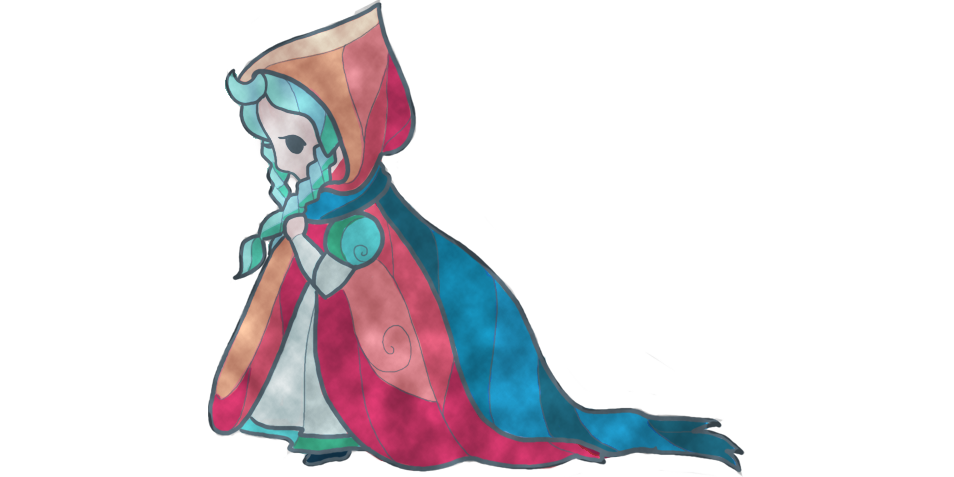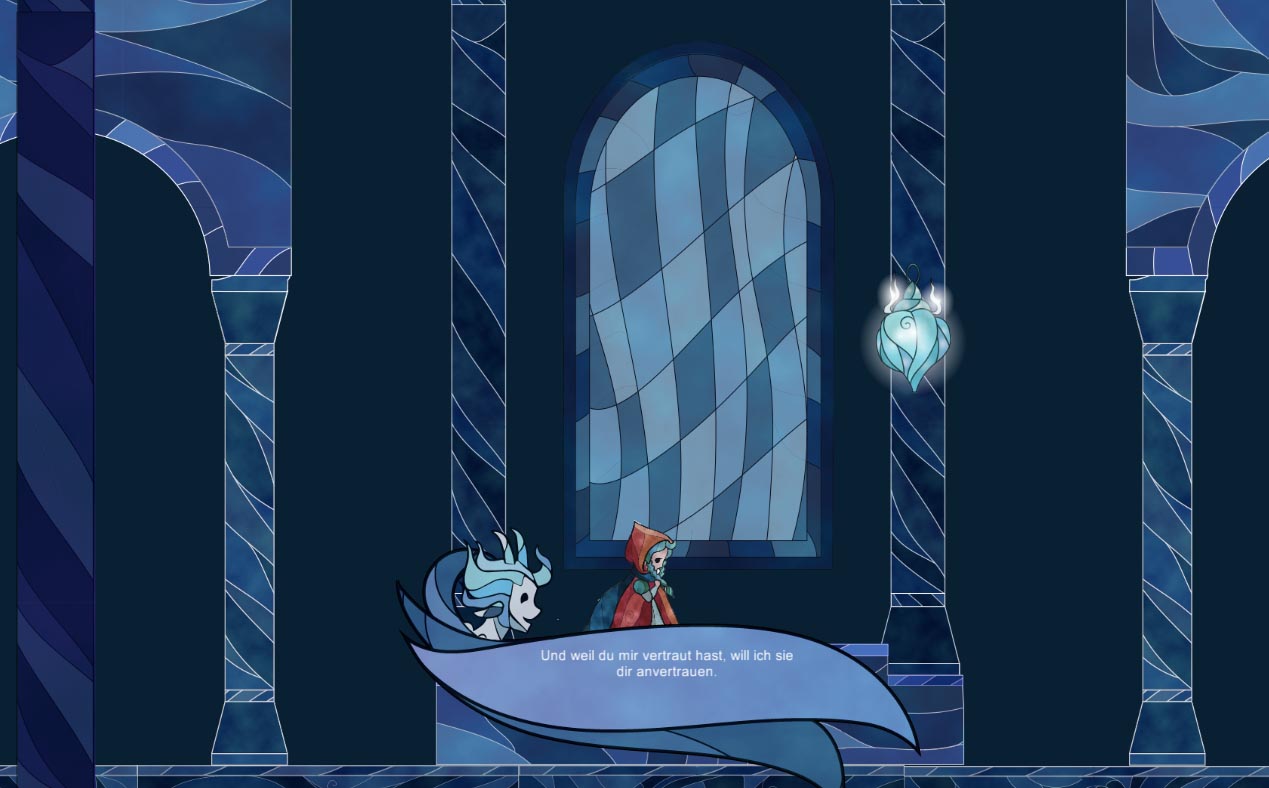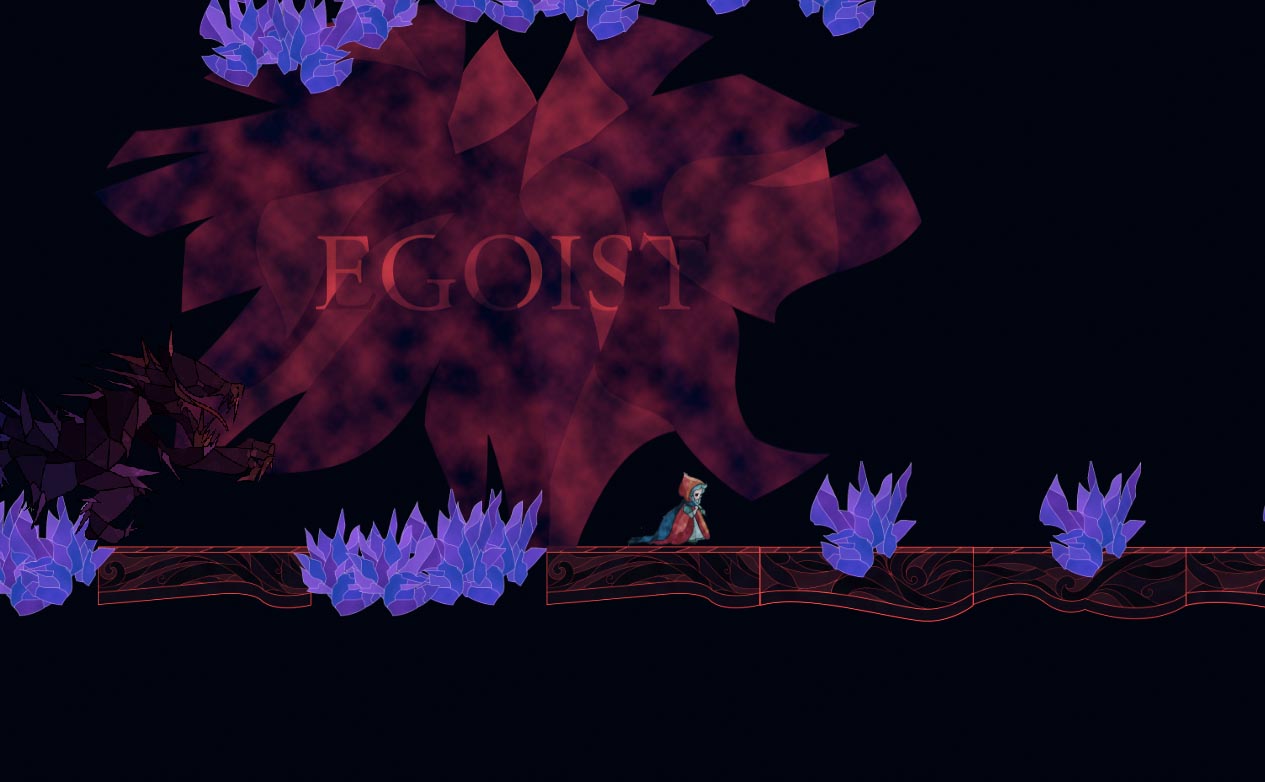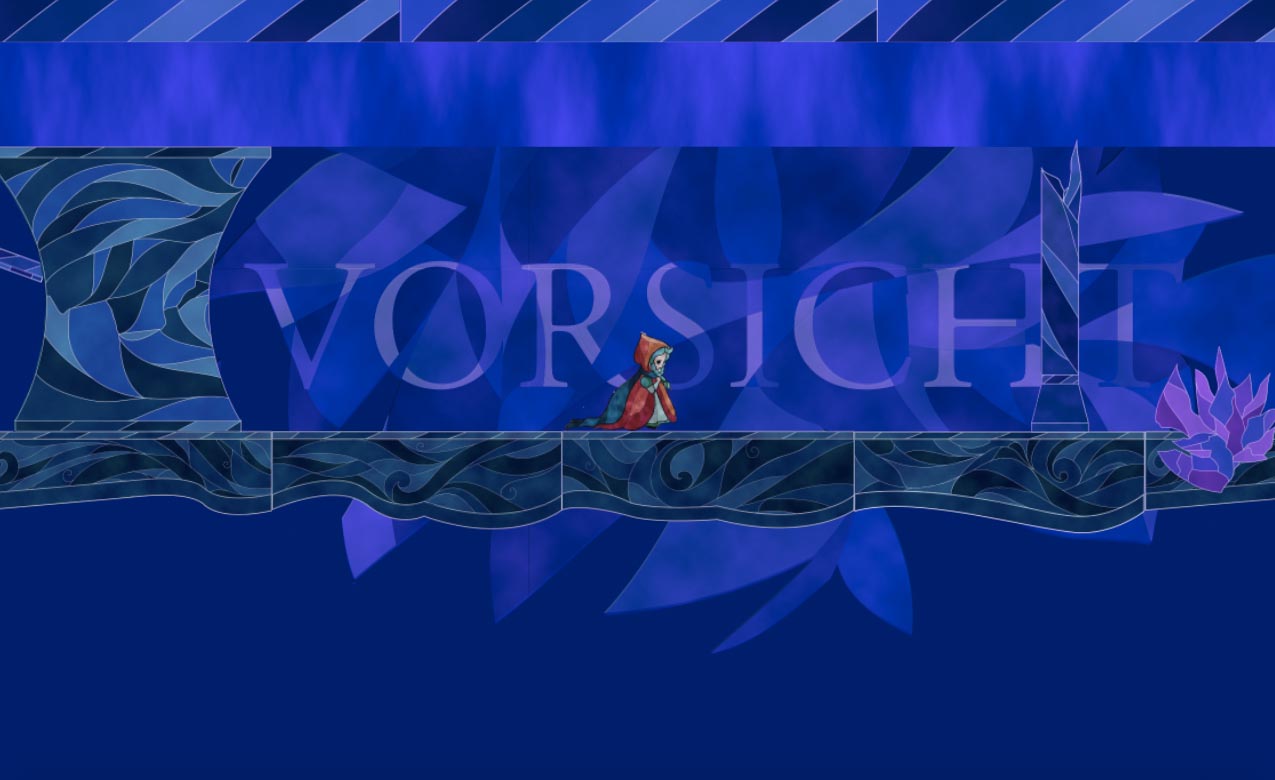Video games occupy an increasingly important role in the entertainment sector. Especially over the last few years, along with classic linear video games, examples with non‒linear storytelling structures have also emerged. These non‒linear video games are especially characterized by the fact that they incorporate the decisions of the player during the course of the story, and in doing so give him the opportunity to actively decide his outcome.
This thesis explains and analyses the types of non‒linear storytelling structures in 2D video games, and develops new design possibilities for them. These innovative design possibilities were later applied to an interactive 2D video game prototype in order to test their effectiveness. In the process the main focus was on how the game world functions as an active provider of feedback in response to the decisions of the player.











